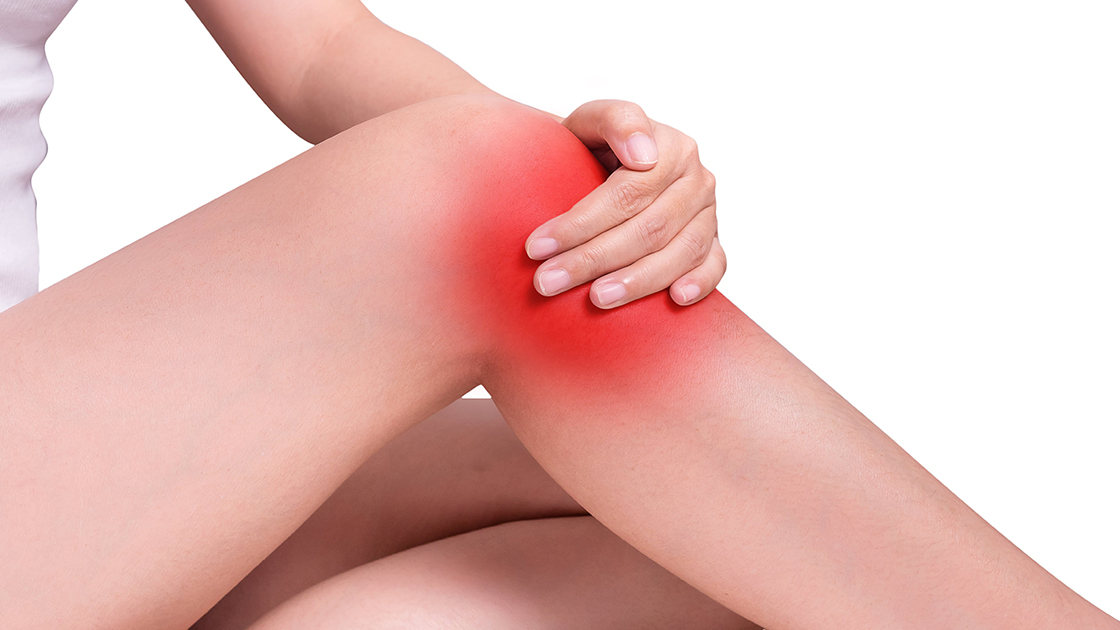Page Contents
Bursitis is a common condition that involves inflammation of the bursae, which are small sacs filled with fluid that cushion bones, tendons, and muscles near joints. This inflammation can lead to significant pain and mobility challenges. Traditional treatments such as rest, ice, and medication are commonly suggested for managing bursitis symptoms. But laser therapy has garnered interest as a potential complementary method to alleviate these symptoms. We’ll explore the impact of laser therapy on bursitis treatment, including its benefits, effectiveness, considerations for patients, and future directions.
Understanding Laser Therapy for Bursitis
Laser therapy, also known as low-level laser therapy (LLLT) or photobiomodulation therapy. It involves the use of low-intensity lasers to stimulate cellular activity and promote healing. Laser treatment for bursitis specifically targets inflamed bursae and surrounding tissues to reduce inflammation and pain while enhancing overall function. This approach offers a non-invasive and effective solution for managing bursitis symptoms.
The laser energy penetrates deep into the affected area, stimulating blood flow, enhancing tissue repair, and modulating inflammatory responses. This non-invasive approach is often well-tolerated by patients and can be used in conjunction with other treatment modalities for comprehensive bursitis management.
Benefits of Laser Therapy for Bursitis Management
One of the key benefits of laser therapy for bursitis is its ability to provide targeted relief. Laser treatment can help reduce pain and swelling, allowing patients to regain mobility and function more comfortably. Unlike some medications, laser therapy typically has minimal side effects and does not require downtime or recovery periods.
Furthermore, laser therapy sessions are relatively quick and painless, making them convenient for patients with busy schedules. Many individuals report noticeable improvements in pain levels, range of motion, and overall quality of life after undergoing a series of laser treatments for bursitis.
Considerations and Future Directions
While laser therapy shows promise in bursitis treatment, it’s essential for patients to consult with healthcare professionals experienced in this modality. The effectiveness of laser treatment for bursitis can vary depending on factors like the specific cause, the severity of symptoms, and the patient’s overall health. Individual differences play a role in determining how well laser therapy may work in managing bursitis. Consulting healthcare professionals is crucial to determine the appropriateness of this approach for each case.
Additionally, ongoing research and advancements in laser technology may lead to optimized treatment protocols and improved outcomes for bursitis patients. Collaborative efforts between healthcare providers, researchers, and patients will continue to drive innovation in the field of laser therapy for bursitis management.
In conclusion, laser therapy offers a non-invasive and targeted approach to managing bursitis symptoms. It provides relief for individuals experiencing pain, swelling, and limited mobility. Bursitis patients can improve their comfort, function, and well-being by considering the potential benefits of laser treatment and collaborating closely with healthcare professionals. This proactive approach can lead to better management of bursitis symptoms and overall quality of life. With continued research and advancements, laser therapy holds promise as a valuable tool in the comprehensive management.
